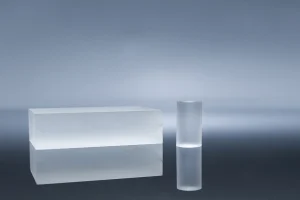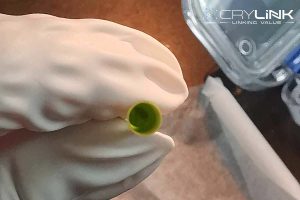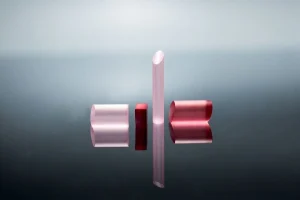In the rapidly evolving world of optical communications, nonlinear crystals have emerged as pivotal components, driving advancements and innovations. These crystals, with their unique properties, have found applications in various facets of optical communication, including fiber amplifiers and frequency converters. This article delves deep into the significance of nonlinear crystals in optical communications and showcases their applications in modern communication systems.
The Essence of Nonlinear Crystals
At the heart of modern optical technology lie the fascinating and intricate nonlinear crystals. These aren’t your ordinary crystals; their peculiar properties allow them to interact with light in ways that defy linear optics. Unlike linear materials, where the response is proportional to the input, in nonlinear crystals, the response can be, well, nonlinear. Essentially, the refractive index of these materials isn’t constant; it varies based on the intensity of the incoming light. This unique characteristic has been a game-changer in the world of optics and photonics.
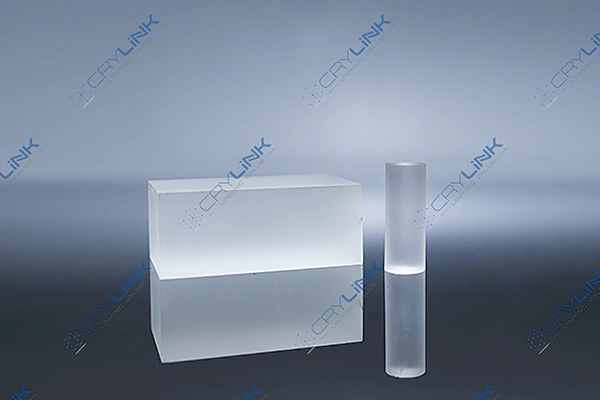
Picture this: in a linear medium, if you double the intensity of the incoming light, the response (like the refracted light) will also double. However, in a nonlinear crystal, doubling the light’s intensity might result in a response that’s quadrupled or even more complex, based on the crystal’s properties and structure. This intriguing relationship between light intensity and refractive index gives rise to a plethora of applications in the field of optical communications and beyond.
Fiber Amplifiers: Boosting Signal Strength
Imagine trying to have a conversation across a vast field. Your voice fades with distance, and soon, the person on the other end can barely hear you. In the realm of optical communications, this attenuation or weakening of signals over long distances is a genuine concern. Enter fiber amplifiers, the heroes of long-distance communication.
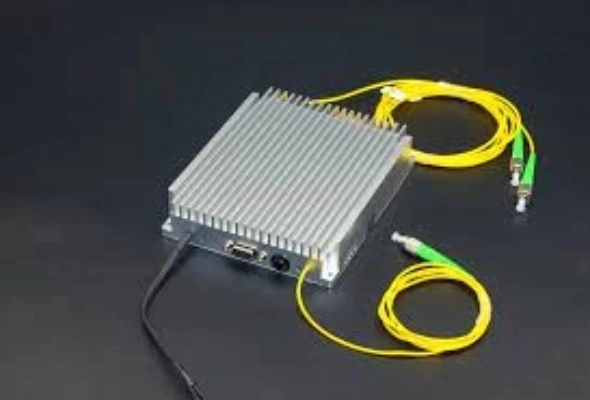
Fiber amplifiers, utilizing nonlinear crystals, serve as the ‘loudspeakers’ in optical communications. They rejuvenate and strengthen weakening optical signals, allowing them to traverse continents and even oceans without significant degradation. How does this magic happen? The secret lies in the heart of the nonlinear crystal within the amplifier. As the attenuating optical signal enters the crystal, it meets a stronger pump light source. This energetic pump light, through various interactions within the crystal, transfers its energy to the weakening signal, amplifying it.
But it’s not merely about making the signal louder. Precision is crucial. The amplifier ensures that while the signal’s strength is enhanced, its integrity remains intact. The original information, whether it’s a video call, an email, or streaming data, is preserved without distortion.
Additionally, the versatility of nonlinear crystals enables the creation of fiber amplifiers tailored to specific needs, whether it’s for high-speed internet communications, satellite transmissions, or even sensitive military communications.
In essence, nonlinear crystals and the technologies built around them, like fiber amplifiers, have reshaped and redefined the landscape of optical communications. They bridge distances, ensuring that in our hyper-connected world, no message is ever lost in transmission.
Frequency Converters: Bridging the Wavelength Gap
Frequency converters stand as one of the unsung heroes in the vast arena of optical communications. At their core, they address a fundamental challenge: the vast spectrum of optical frequencies. In the age of advanced communication technologies, the efficient use of this spectrum becomes paramount. And here is where frequency converters, leveraging the unique properties of nonlinear crystals, come into play.
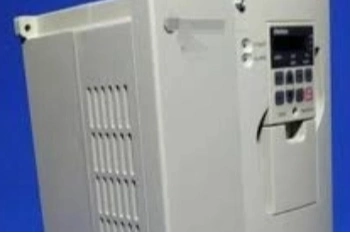
In the intricate dance of light, different wavelengths (or colors) correspond to different frequencies. Sometimes, for a plethora of reasons ranging from equipment compatibility to channel optimization, there’s a necessity to shift from one frequency (or wavelength) to another. However, this isn’t a simple task of just dialing a knob; it requires the specific properties of materials that can interact with light in very specialized ways.
Enter nonlinear crystals. These materials have the remarkable ability to mix different frequencies of light and produce new ones, a process often termed as frequency mixing or wave mixing. When light of a certain frequency (or frequencies) passes through a nonlinear crystal, it can emerge as light of a completely different frequency. This is the magic behind frequency converters.
Let’s delve a bit deeper. Say an optical communication system is designed to operate best at a particular wavelength, but the incoming signal is of a different wavelength. Using a frequency converter equipped with the appropriate nonlinear crystal, this incoming signal can be seamlessly transformed to the desired wavelength. This ensures that the system runs optimally, maximizing data transmission rates and minimizing potential errors.
Moreover, frequency converters are not just limited to optical communications. They find applications in various scientific endeavors, from spectroscopy where they assist in analyzing materials by converting non-visible light to visible ranges, to advanced laser systems used in research and medical procedures.
In summary, the world of optical communications is replete with challenges, and bridging the wavelength gap is a significant one. Thanks to the unparalleled properties of nonlinear crystals, frequency converters effectively tackle this challenge, ensuring that our communication systems are both versatile and efficient. As we advance further into the age of optics and photonics, the role of these crystals and the devices they power, like frequency converters, will only become more central.
Modern Communication Systems: A Glimpse into Applications
Dense Wavelength Division Multiplexing (DWDM)
The evolution of communication networks has continually striven to optimize the use of available resources. Dense Wavelength Division Multiplexing, commonly known as DWDM, exemplifies this drive towards efficiency. This technology allows multiple data signals to be transmitted simultaneously over the same fiber optic cable, with each signal on a unique wavelength. The result? A dramatic increase in the total capacity of optical communication systems, enabling vast amounts of data to be sent seamlessly over long distances.
However, transmitting multiple signals over the same medium presents challenges. Signals on closely packed wavelengths can lead to crosstalk or interference, potentially corrupting the data being transmitted. This is where nonlinear crystals come to the rescue. By manipulating the phase matching conditions, these crystals can facilitate the selective amplification or conversion of specific wavelengths without impacting others. This ensures each data stream retains its integrity, regardless of how densely packed the signals are.
Furthermore, nonlinear crystals in DWDM systems are also instrumental in compensating for signal loss or dispersion, a phenomenon where different wavelengths travel at slightly different speeds in the optical fiber. By using certain nonlinear processes, it’s possible to ensure that all wavelengths arrive at their destination in sync, maintaining data coherency.
Quantum Key Distribution (QKD)
As we venture further into the digital age, the security of our communications has become paramount. Conventional encryption techniques, while robust, have vulnerabilities. Quantum Key Distribution offers a revolutionary approach to secure communication, grounding its principles in the enigmatic realm of quantum mechanics.
A cornerstone of QKD is the use of entangled photon pairs. When you measure one photon of an entangled pair, it instantaneously affects the state of its partner, regardless of the distance separating them. This phenomenon, which even Einstein called “spooky action at a distance,” allows for a novel method of key distribution that is theoretically eavesdropper-proof.
The creation of these entangled photon pairs is no easy feat, and that’s where nonlinear crystals step in. When a photon passes through a nonlinear crystal under the right conditions, it can split into two entangled photons of lower energy. This process, known as parametric down-conversion, is pivotal for QKD systems. These crystals, therefore, form the heart of many QKD setups, enabling the generation of the very quantum states that make secure quantum communication feasible.
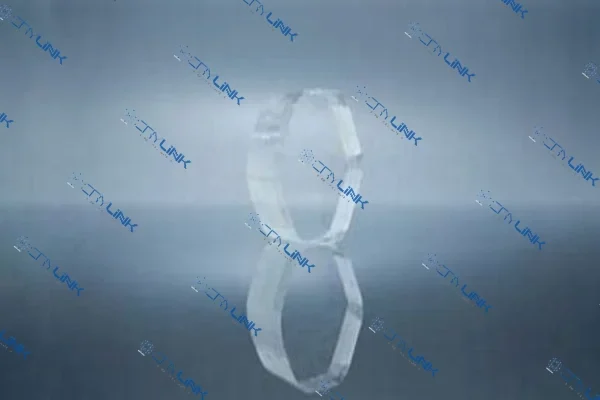
Both DWDM and QKD are testaments to the ongoing synergy between materials science and optical technology. As we continue to push the boundaries of what’s possible, nonlinear crystals will undoubtedly remain at the forefront of these endeavors, facilitating innovations that might seem like science fiction today.
Supercontinuum Generation
Supercontinuum light sources, which produce light over a broad range of wavelengths, are made possible by the use of nonlinear crystals. These sources are invaluable in various optical communication applications, including spectral analysis and optical coherence tomography.
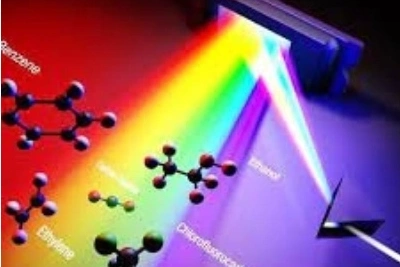
Conclusion
The realm of optical communications has been significantly enriched by the introduction and application of nonlinear crystals. From amplifying weak signals to converting frequencies and facilitating advanced communication techniques, these crystals have proven their worth time and again. As the demand for faster, more secure, and more efficient communication systems grows, the role of nonlinear crystals is set to become even more prominent.
FAQs
- What are nonlinear crystals?
- Nonlinear crystals are materials that change their refractive index based on the intensity of light passing through them.
- How do nonlinear crystals aid in signal amplification?
- They are used in fiber amplifiers to boost weakened optical signals, ensuring efficient transmission over long distances.
- Why are frequency converters important in optical communications?
- Frequency converters allow for the conversion of signals from one wavelength to another, optimizing transmission and overcoming equipment limitations.
- What role do nonlinear crystals play in DWDM systems?
- They help manage multiple optical signals transmitted simultaneously on different wavelengths, ensuring efficient transmission without interference.
- How are nonlinear crystals used in quantum key distribution?
- They are instrumental in generating entangled photon pairs, which are central to the principles of QKD.


